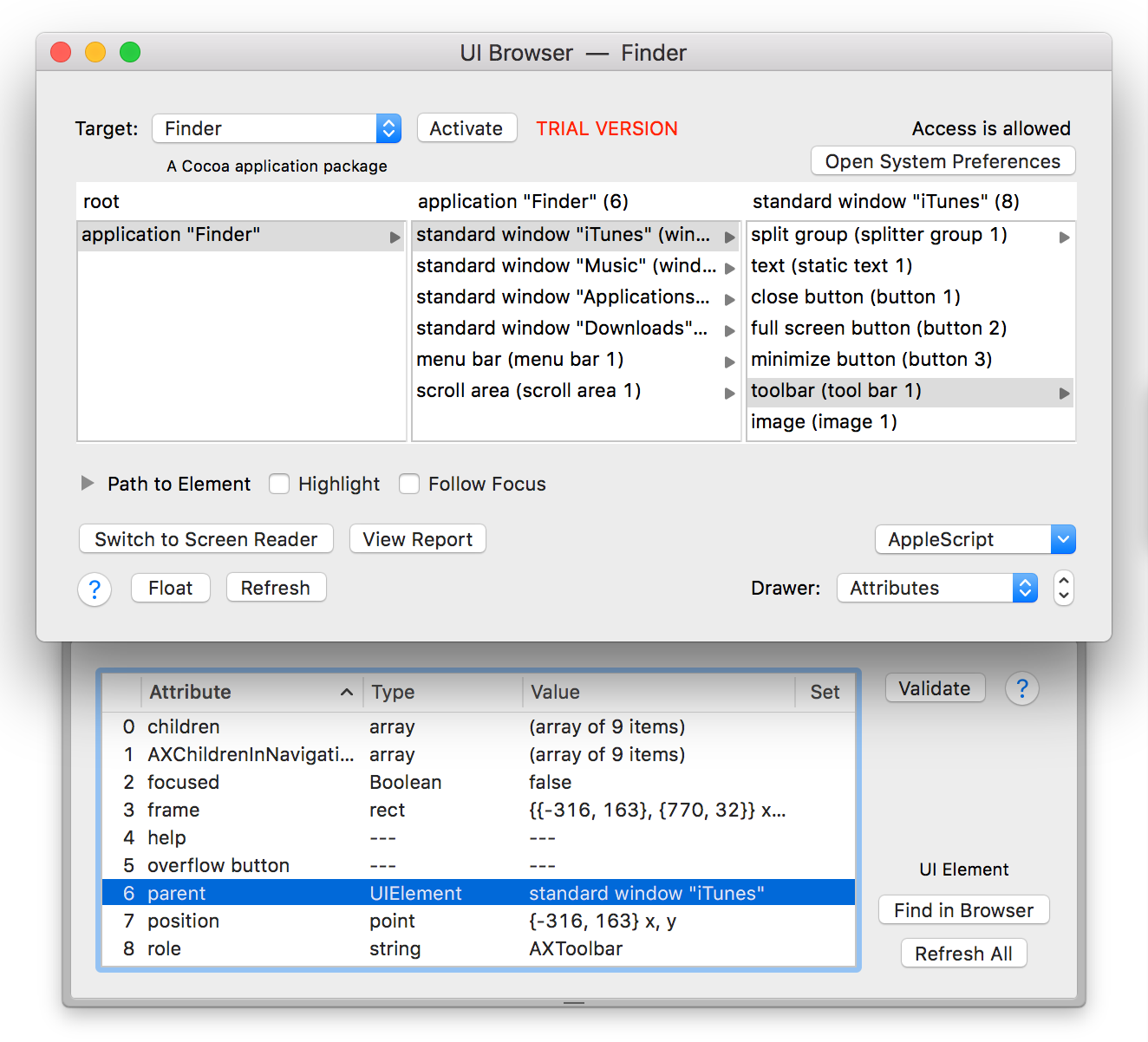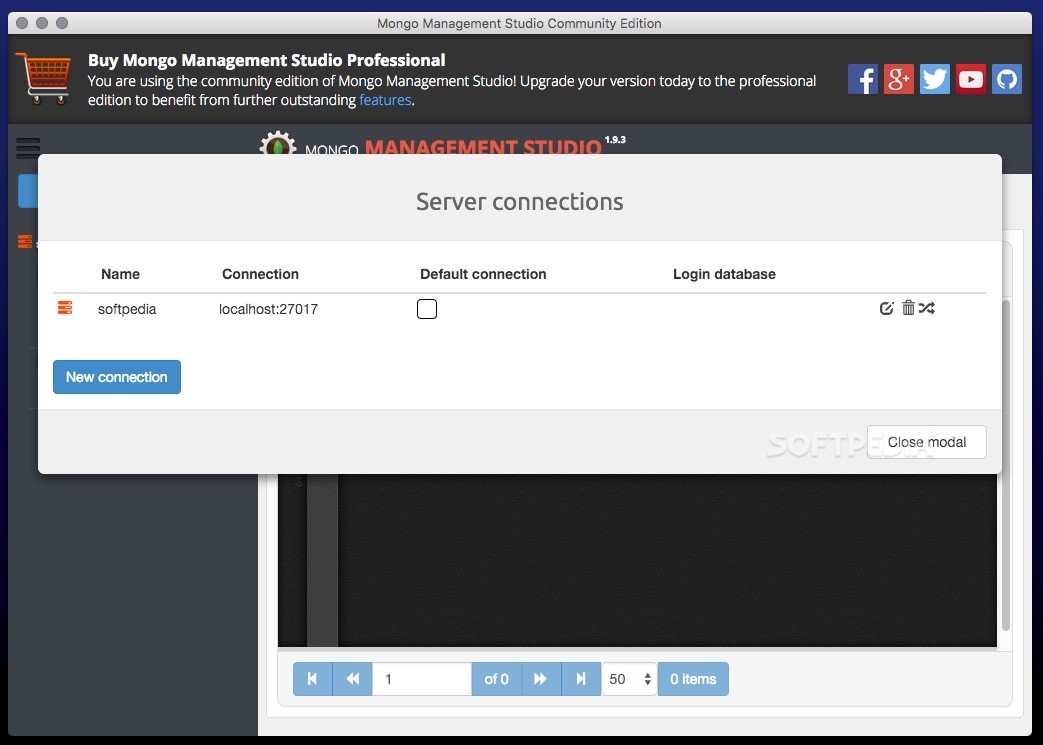

It requires a big learning curve to get the best out of the DBMS.The traditional method to work with databases is using the command-line interface (CLI) tool, however, this interface presents a number of issues: PostgreSQL is the fourth most popular database management system in the world, and heavily used in all sizes of applications from small to large. In this post, we discuss the top 6 GUI tools for administering your PostgreSQL deployments. When working with MongoDB there are some operations we perform over and over again to retrieve information from the database: let’s see the ways to query the MongoDB collections filtering by different conditions.įor those coming from a traditional SQL background, I will provide also the SQL equivalent of the MongoDB statements.PostgreSQL graphical user interface (GUI) tools help open source database users to manage, manipulate, and visualize their data.
Gridfs ui browser how to#
If you are new to MongoDB, you may want to read first this post about how to install MongoDB and its basic commands. If you want to try your hand at MongoDB, but you don’t want to go through the hassle of installing MongoDB in your computer you can use an online MongoDB playground like this one here, or this one. Each customer object has the following self-explanatory fields: In our examples we will use a collection that contains a list of customers.

SELECT * FROM customers WHERE VIP IS true AND Country = "Germany" To retrieve all the customers in our collection that are from Germany, and are VIP we will run this command: How do I filter a MongoDB collection by multiple fields? Now, without further ado let’s dive into how we can extract data from our MongoDB customers collections. In MongoDB we filter by mutiple fields by separating the different fields we want to use as a filter by comas. There is an $and operator, but in this simple scenario we can leave it implicit. Now let’s imagine we want to find all the VIP customers that come from France or from Germany: How do I combine ANDs and ORs in MongoDB querys? WHERE (Country = "Germany" OR Country = "France") If we want to retrieve all the customer that come from Germany or France we will use this command: How to make a MongoDB query with an OR condition? We will use the $and operator explicitly when we use it more complex queries mixing different conditions – as we will see in the next examples to come. WHERE VIP is true AND (Country = "Germany" OR Country = "France")Īs we said earlier in this post, here we see an example of the usage of the $and operator, used in combination with the $or operator. What about finding all the objects that do not match a property? Since we have already learned how to use AND and OR operator we can write more complex filters, for example we can query the collection for all the customers that do not come from Germany, and that are not VIP: Or in other words who do I find all the objects in a collection whose property x does not equal a certain value? Well, for that we need to use the $ne -not equal- operator. WHERE Country "Germany" AND VIP is NOT True Gridfs ui browser how to# How do I return only unique values in a MongoDB query?Īs SQL MongoDB has a distinct feature that allows to ignore duplicated values. Let’s take our customers collection, and let’s imagine we want to find all the countries where we have customers younger than 30. Let´s take the previous example about listing customers that came from Germany OR France, and let´s modify it to list all the customers whose country belongst to a given list:ĭb.customers.9th December 2021 laravel, mongodb, mysql, php So it is time to use the distinct function: We could try this query:īut since a country is bound to have multiple customers younger than 30 we would get an unnecessarily long list with repeated countries. We have a laravel application version 8 user for our application.

`updated_at` timestamp NULL DEFAULT NULL, `created_at` timestamp NULL DEFAULT NULL, `total_selling_value` bigint DEFAULT NULL, `sku` varchar(255) COLLATE utf8mb4_unicode_ci DEFAULT NULL, `title` varchar(255) COLLATE utf8mb4_unicode_ci DEFAULT NULL, `shopify_inventory_item_id` bigint unsigned DEFAULT NULL, `shopify_variant_id` bigint unsigned DEFAULT NULL, `shopify_product_id` bigint unsigned DEFAULT NULL, `id` bigint unsigned NOT NULL AUTO_INCREMENT, I just create a collection and copy the current columns data (select table, convert data to array) from mysql to mongodb (perform an insert), below is the structure of our mysql table CREATE TABLE `variants` ( For a few days it was working until we encountered an error: I’m new to mongodb and we are using it as backup db to store historical data from our mysql database.


 0 kommentar(er)
0 kommentar(er)
